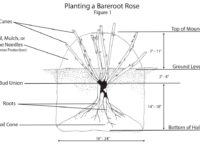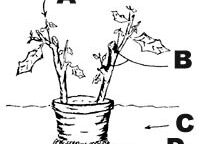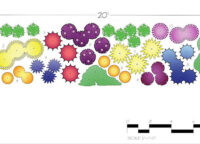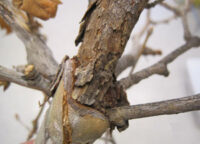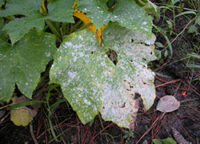- 07, 14, 2015
- No Comments.
- By
Backyard Orchard: Stone Fruits – 2.804
Print this fact sheet by R. Hammon and D. Davidson* (5/16) Quick Facts… Peaches, plums, cherries and apricots are all stone fruits that can be grown in the lower altitudes of Colorado. Insects and diseases that affect stone fruits vary with location, year and fruit type. Cytospora canker is a fungal disease that damages bark […]
Take a TourPollination of Tree Fruits – 7.002
Print this fact sheet by A. Gaus and H. Larsen1 (10/09) Quick Facts… Before purchasing trees, evaluate the pollination requirement of the given fruit crop. Place pole-type pollinators every 60 to 120 feet in every row, with adjacent rows offset. The honey bee is the most important carrier of pollen. All varieties of apples require […]
Take a Tour- 07, 13, 2015
- No Comments.
- By
Backyard Orchard: Apples and Pears – 2.800
Print this fact sheet by R. Hammon and D. Davidson* (11/14) Quick Facts… The number of sprays and spray timing required to produce good fruit will vary with location and year. Codling moth is a significant pest of apples and pears in many locations in Colorado. The arid climate usually limits fungal diseases in Colorado […]
Take a Tour- 07, 13, 2015
- No Comments.
- By
Spring-Planted Bulbs, Corms and Roots – 7.411
Print this fact sheet by A. Stoven O’Connor and S. Newman 1(10/09) Quick Facts… Locating a flower bed for spring-planted bulbs requires careful thought about exposure, soil type, and flower height, color and time of flowering. If the bed has been used for several seasons with many additions of fertilizer and organic matter, it may […]
Take a Tour- 07, 13, 2015
- No Comments.
- By
Selecting and Planting Roses – 7.404
Print this fact sheet by A.W. Nelson and C.E. Swift *(9/20)Revised by Roger G. Heins & Alison Stoven O’Connor** Quick Facts… Select a site in full sun or at a minimum 7 hours of sun with well-drained soil, free of competing tree and shrub roots. Select recommended plants from a reputable nursery or mail-order catalog […]
Take a Tour- 07, 13, 2015
- No Comments.
- By
Poinsettias – 7.412
Print this fact sheet by S.E. Newman and B. A. Edmunds1 (11/09) Quick Facts… Select plants with uniformly green foliage and no lower leaves missing. Poinsettias need moderately moist soil; water thoroughly whenever the soil feels dry to the touch. Ideal temperatures are 60F to 70F. Poinsettia plant parts are not edible, but they are […]
Take a Tour- 07, 13, 2015
- No Comments.
- By
Perennial Gardening – 7.402
Print this fact sheet by L. H. Greene and J. E. Klett* (1/20) Quick Facts… Choose your garden location before designing it. Consider sun exposure, wind, soil type and irrigation. Plan the garden to scale on paper. Consider the amount of time needed to maintain the garden. Prepare a list of desired perennials. Choose perennials […]
Take a Tour- 07, 13, 2015
- No Comments.
- By admin
Herbaceous Perennials – 7.405
Print this fact sheet by L. H. Greene and J. E. Klett* (1/20) Quick Facts… Perennials on this list are best adapted for Colorado’s lower elevations. Herbaceous perennials differ in bloom period, flower color, height, foliage texture, and environmental requirements. Differing environmental requirements include sun and wind exposure, soil conditions and water needs. Matching the […]
Take a Tour- 07, 10, 2015
- No Comments.
- By
Sycamore Anthracnose – 2.930
Print this fact sheet by C.E. Swift* (12/14) Quick Facts… The most serious disease of sycamore trees is anthracnose. Anthracnose often is confused with frost damage. The first symptoms appear on young leaves as they unfold. Older leaves turn brown, and dead areas occur along the leaf veins. Brown areas eventually enlarge to include the […]
Take a Tour- 07, 10, 2015
- No Comments.
- By
Powdery Mildews – 2.902
Print this fact sheet by S. Newman and L.P. Pottorff * (5/13) Quick Facts… Powdery mildew is one of the most widespread and easily recognized plant diseases. Powdery mildews are characterized by spots or patches of white to grayish, talcum-powder-like growth. Powdery mildews are severe in warm, dry climates. Many plants have been developed to […]
Take a Tour


